
|
|
|
|
|
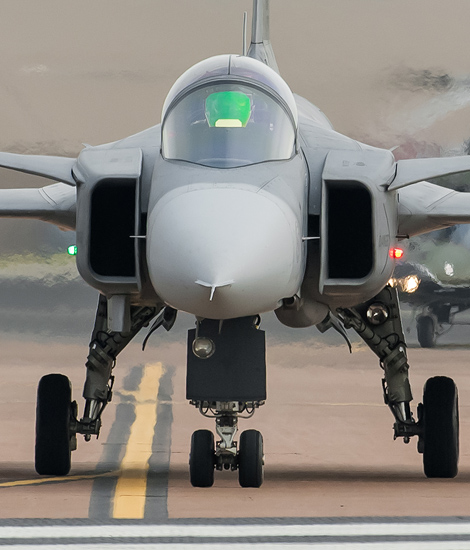
|
Photo Reconnaissance Aircraft; RAF Fairford, July 21 - 22, 2013
The Royal International Air Tattoo, part 3; Text and Photograph's by Alex van Noye
Photo reconnaissance flights are one of the oldest aspects of aviation. Aerial photo- graphs brought in the past always the crucial information about troop movements of the enemy. Nowadays aerial photo reconnaissance is performed by drones to minimize the risks of the pilot; this was in the past done by jet fighters.
Photo Reconnaissance aircraft are as old as aviation itself. The first reconnaissance flights were already performed with balloons shortly after the French Revolution. From 1860, after the invention of photography, the first balloons were used for photogra- phing objects. The first use of aircraft for photo reconnaissance took place during the Italian-Turkish War in 1911 and 1912. On October 23, 1911, an Italian pilot flew over the Turkish lines to Libya to photograph troop movements from the air. This mission was seen first as the first photo reconnaissance mission with an aircraft. Photo reconnaissance would be used to get Intel information about the enemy for the first time during the First World War. During this war, various tactics were developed for getting the best aerial war intelligence. Shortly before the Second World War bombers were often converted into photo-reconnaissance planes. The Bombers would keep their defensive weapons and were equipped with cameras. Aerial photography played a crucial role for the first time in history during the Second World War. The photo reconnaissance missions brought the Allied forces vital information for the landings in Normandy during D-Day. All German defense batteries were accurately mapped with specially equipped Supermarine Spitfire aircraft. In this period, the first dedicated photo reconnaissance units were established. During the war, several aircraft such as the North American P-38 Lightning, the P-51 Mustang and the British Mosquitoes were used for photo reconnaissance missions.
Shortly after the Second World War the world entered the period which is known as the Cold War. The Cold War would be the highlight period of the photo reconnaissance and espionage between the Soviet Union and the United States. Shortly after the Second World War, the first jet bombers entered service in both countries. These aircraft were soon equipped for photo reconnaissance missions as well. Some examples of bombers which were converted into photo reconnaissance aircraft are the
|
|
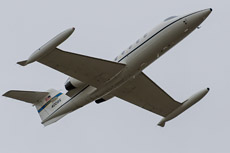
|
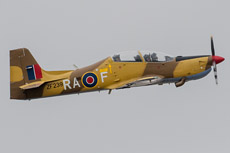
|
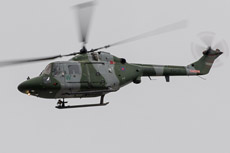
|
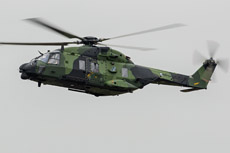
|
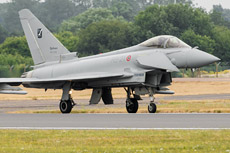
|
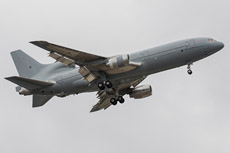
|
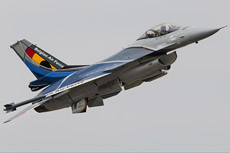
|
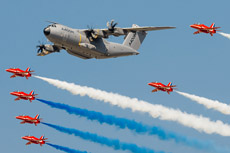
|
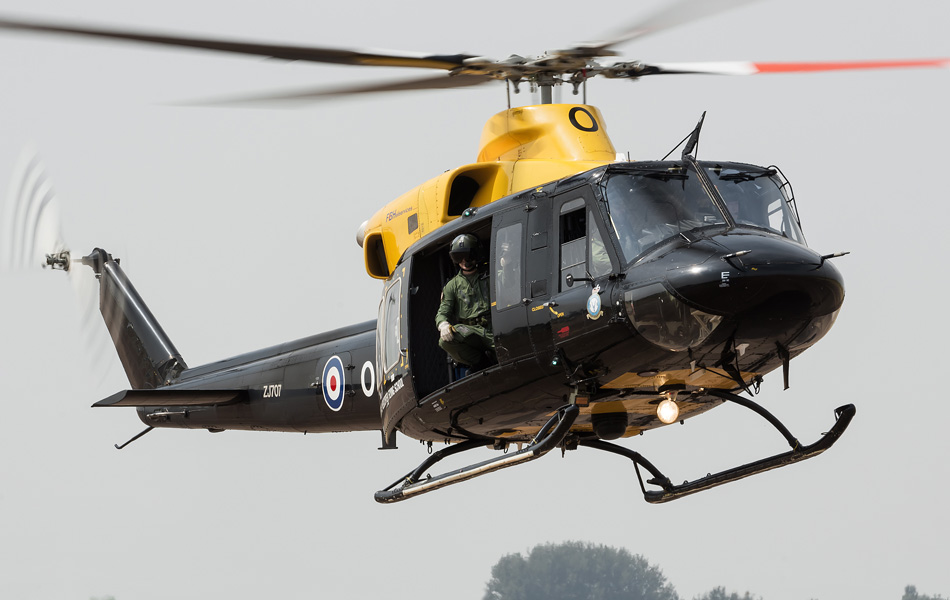
|
English Electric Canberra, the Martin B-57 and the Boeing B-47 Stratojet. Large photo reconnaissance aircraft became increasingly vulnerable, because anti-aircraft missiles became increasingly dangerous at the end of the 50s. This led to the first development of strategic photo reconnaissance aircraft at the end of the 50s. These planes could operate at high altitudes outside the range of these missiles. In 1955, the Lockheed U-2 made its first flight. This aircraft had with its enormous wingspan more the looks of a big glider than a photo reconnaissance aircraft. The U-2 flights came in the news after a U-2 was shot down in May 1960 which was taken off from an airbase near Peshawar in Pakistan; the pilot was arrested in the Soviet Union. The plane flew over the territory of the Soviet Union during its mission. After this incident, it was decided to develop an aircraft which could operate with much more speed on this high-altitude. This aircraft eventually became the Lockheed SR-71 Blackbird after the A-12 project had failed. The Blackbird is able to operate at an altitude of 24km with a speed of Mach 3.1. The Blackbird was because of these properties unattainable for enemy aircraft and missiles. The SR-71 flew until the end of 1998 and it had never a counterpart.
In addition to the strategic reconnaissance, conventional photo reconnaissance was also developed during the Cold War. The tactical photo reconnaissance developed rapidly during the Vietnam War. The most frequently used tactic was low flying aircraft which were fully equipped with cameras. This was during the Vietnam War a very dangerous job, because these areas in North Vietnam were often very well defended with anti-aircraft artillery and missiles. U.S. photo reconnaissance aircraft also ope- rated often only to identify a target for a possible air strike. However, the aerial photographs of these flights brought much valuable information of anti-aircraft batteries, radar systems and troop movements of the North Vietnamese army. Often the routes of the photo reconnaissance aircraft were captured by the North Vietna- mese army and the aircraft were attacked. The aircraft types which were most often used for photo reconnaissance missions during the Vietnam War were the RF-4E Phantom and A-3 Vigilante. After the Vietnam War, several modern fighter planes were equipped with photo reconnaissance pods. There were also new generations of aircraft developed which were specially built for the photo reconnaissance mission. Some examples of these types of aircraft are the Dassault Mirage IIRS, the Dassault Mirage F1CR, the Lockheed RF-104G Starfighter and the MiG-25 Foxbat. Besides these aircraft, also aircraft such as the F-16 Fighting Falcon, the Panavia Tornado and the SEPECAT Jaguar can be equipped with a photo reconnaissance pod.
Drones play nowadays an important role in getting aerial photos of potential targets. Drones are used to minimize the risks of manned flights. Drones were initially developed to serve as flying targets during exercises of the U.S. Air Force. During the Vietnam War, radio-controlled drones were used for the first time for reconnaissance. The technique for controlling drones was still a new technique and was therefore limited. Only at the end of the 80s and early 90s the development of drones made real progression. Drones were for the first time successfully used for reconnaissance during the conflicts in Iraq and Yugoslavia in the early 90s. The term drone was converted in that period to the term UAV (Unmanned Aerial Vehicle). UAVs are now used by default in conflicts in order to win information about enemy movements. The big advantage of UAVs is there are no risks for the pilots while more data is collected as before. Some modern UAVs which are used today are the General Atomics RQ-1L Predator, the Northrop-Grumman RQ-4A Global Hawk and the Lockheed Martin RQ-3 DarkStar. Drones of this size can nowadays also be armed with Hellfire missiles which can destroy targets immediately.
|
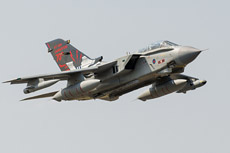
|
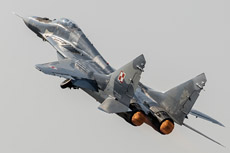
|
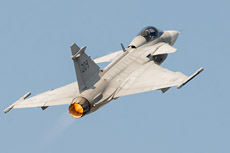
|
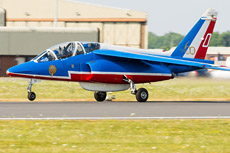
|
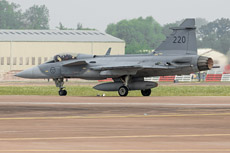
|
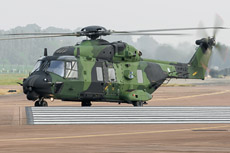
|
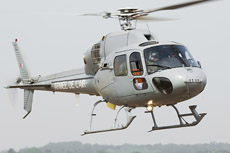
|
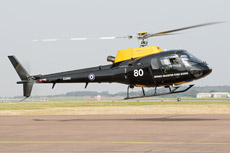
|
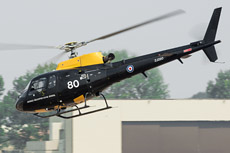
|
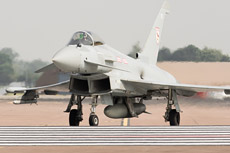
|
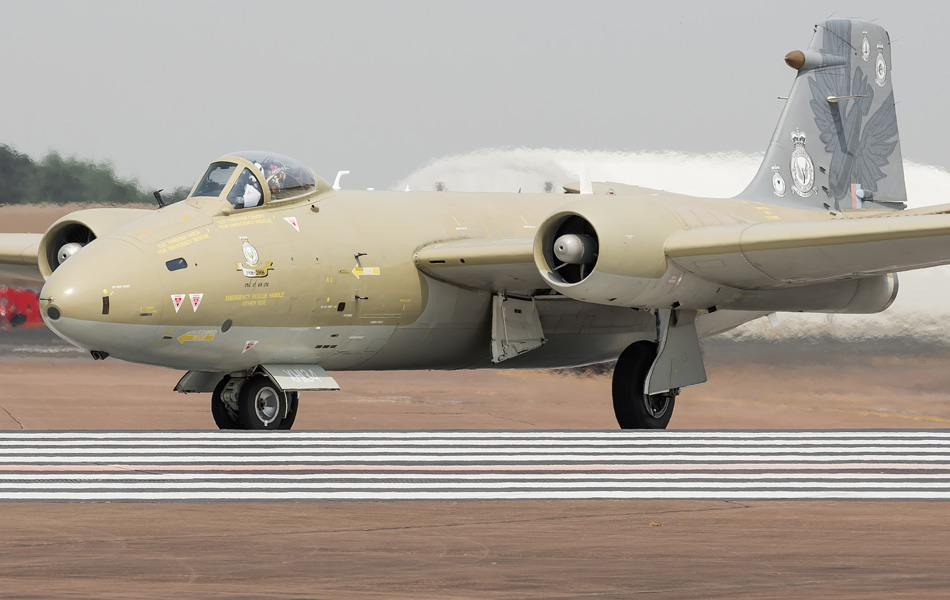
|
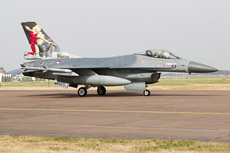
|
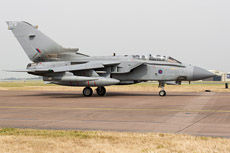
|
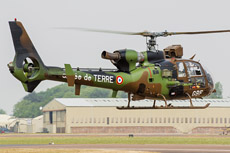
|
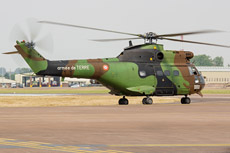
|
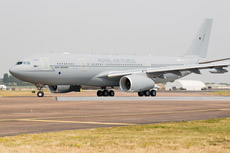
|
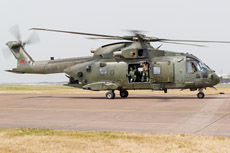
|
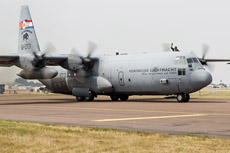
|
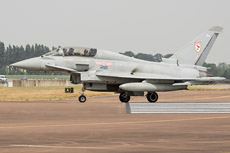
|
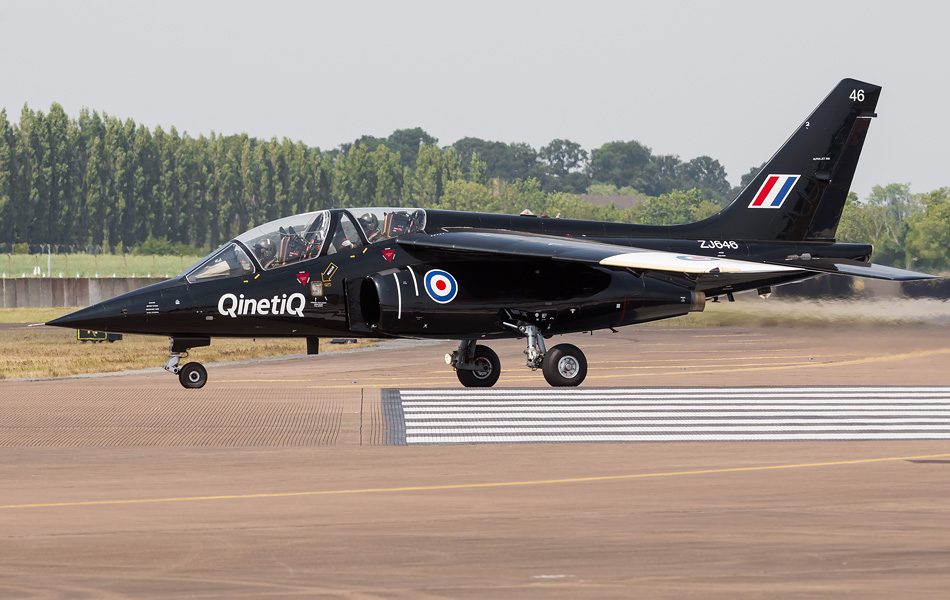
|
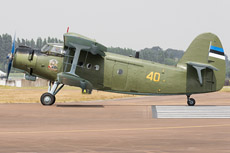
|
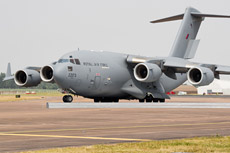
|
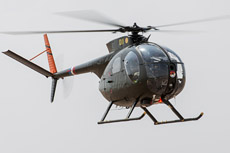
|
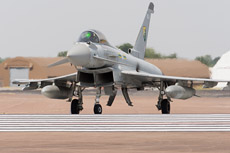
|
|
|

|







